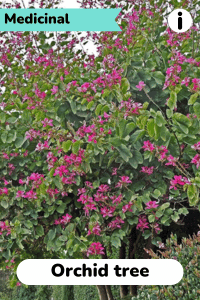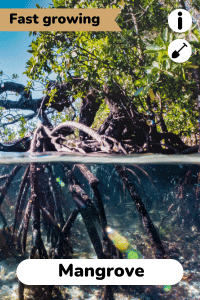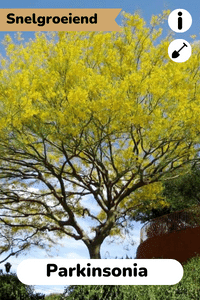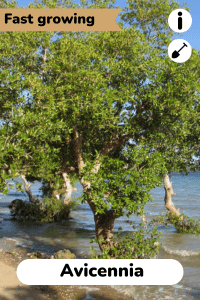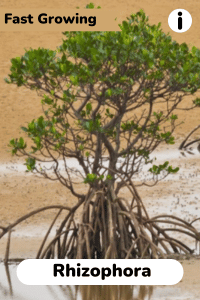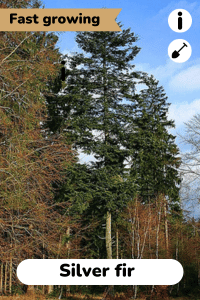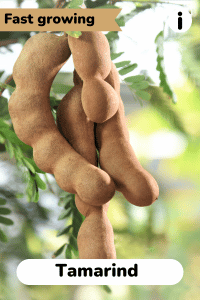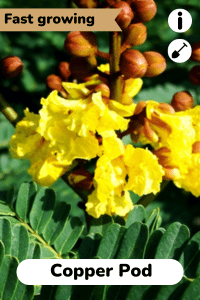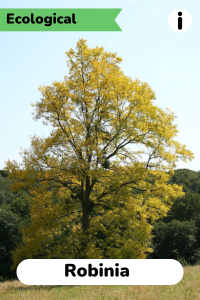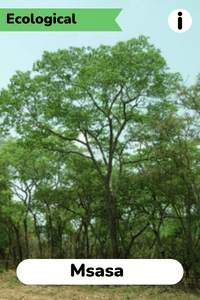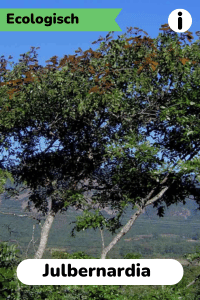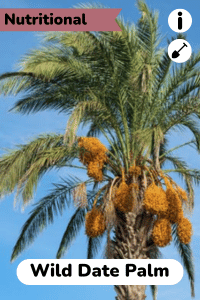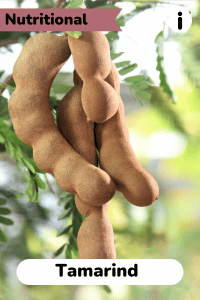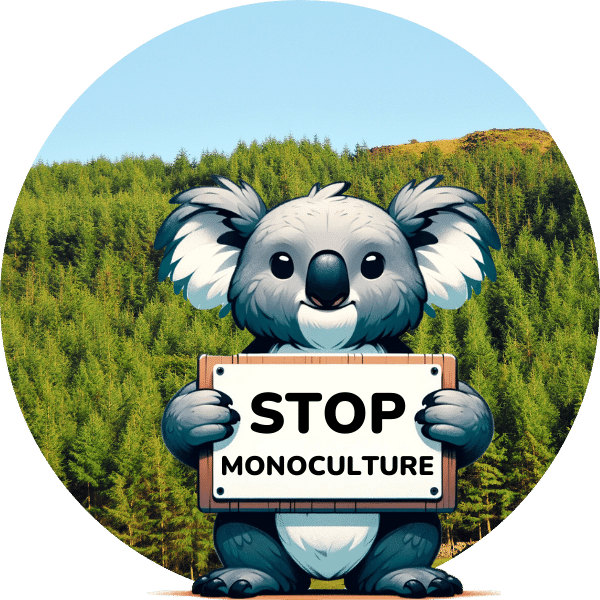
Stop the monoculture
Kuwi is fully committed to ecosystem restoration. In our projects, we carefully analyse how to create a balanced woodland. Restoring forests is only possible by planting the right mix of native and supportive species, to ensure a balanced biodiversity.
Habitat for all
When discussing forests, we inevitably also talk about animals. Through thorough field research and analysing data from the IUCN, we map vulnerable and endangered species of flora and fauna. The goal of a successful project is to protect these vulnerable species and improve habitats for animal populations under pressure.


Lots of mangrove
At Kuwi, priority is often given to planting mangroves due to their immense benefits. Mangroves are crucial for carbon storage and outperform many terrestrial forests in their ability to combat climate change.
They protect coastlines from erosion, storms, and tsunamis with their dense root systems, while also improving water quality by filtering pollutants. These ecosystems are biodiversity hotspots and provide crucial habitat for a multitude of species.
The Kuwi.org mix
As a member of Kuwi, you can trust that we always plant a diversity of species. While we highlight some species on your profile, these represent only a fraction of the total variety. The species we highlight are those with unique characteristics or a special story!
Our goals for our members are illustrated in the pie chart below. Mangroves fall under the category of fast-growing species.
In reforestation projects, we use native tree species. This is because native trees are best adapted to the local environment and have a greater chance of surviving and thriving.
What we plant for our members
The kuwi.org pant mix
Trees in this category are known for their rapid growth rate. They quickly reach maturity, making them ideal for reforestation projects, timber production, or landscaping needs. Fast-growing species are often used to combat deforestation and provide quick canopy cover to protect more vulnerable species.
These species are vital for the structure, function, and stability of their ecosystems. Their presence supports a wide range of other species, influencing biodiversity and ecological processes. These trees are cornerstones of their habitats, contributing to soil health, water cycle regulation, and providing habitat and food for numerous organisms.
This classification encompasses tree species that are uncommon or have a limited distribution in the wild. Rare trees may have unique habitats, be found only in specific locations, or have low population numbers. Their rarity often makes them subjects of conservation efforts to prevent extinction.
Trees classified as endangered are at a high risk of extinction in the wild. This may be due to factors such as habitat loss, overexploitation, invasive species, or climate change. Endangered species require urgent conservation actions to preserve their populations and habitats.
Majestic trees are characterized by their impressive size, age, or aesthetic appeal. These species stand out for their towering heights, broad canopies, or historical significance, evoking a sense of awe and reverence. They are often landmarks in their own right, symbolizing strength and resilience.
Medicinal trees have been recognized for their health benefits and are used in traditional and modern medicine. They contain active compounds that can treat or prevent illnesses. The bark, leaves, seeds, fruits, or roots of these trees are often used in herbal remedies, pharmaceuticals, or as dietary supplements.
Nutritional trees provide essential food sources for humans and wildlife. They bear fruits, nuts, seeds, or leaves that are rich in vitamins, minerals, and other nutrients. These trees play a critical role in food security and can be vital components of sustainable agriculture systems.
Endangered
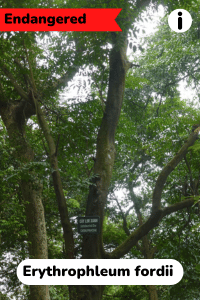
Majestic

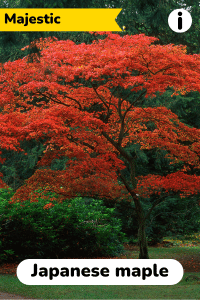
Medicinal
